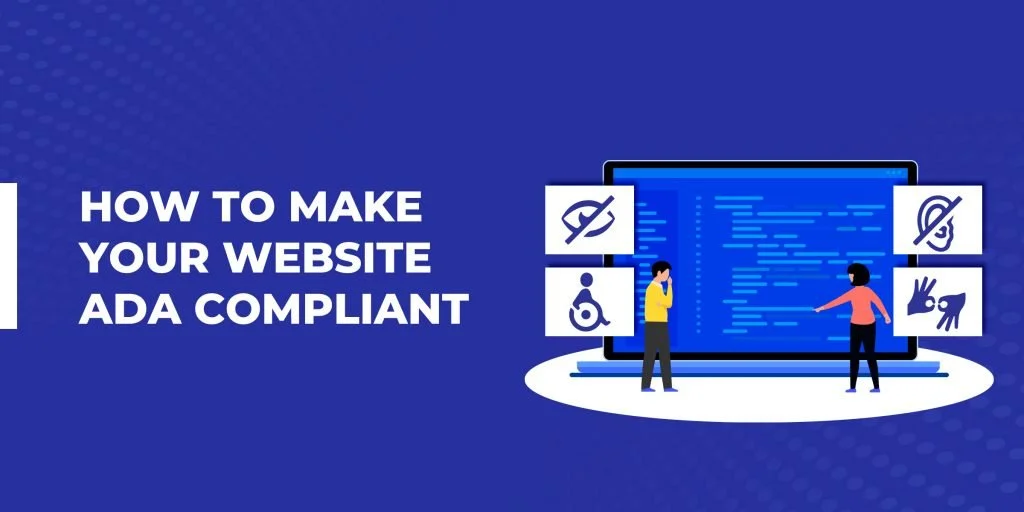Are you about to ramp up your marketing efforts but have no idea where to start? Or maybe you want to lay the foundation to work your way up to building a marketing dream team. Whatever the case may be, a marketing...
DON'T DO IT YOURSELF.
Running a business is tough, but you’re not alone. You can find freelance experts and online tools to help you accomplish any task.
We provide advice and reviews to help you choose the best people and tools to grow your business.
Unbiased reviews of the Best Freelance Websites
We couldn’t find an objective comparison between freelance marketplaces, so we decided to create one ourselves. If you’re looking for talent, here’s an unbiased review of your best options.
READ OUR REVIEWSFreelance Website Reviews
How Much Does A Ghostwriter for a Book Cost?
You have a great idea for a book, but… you don’t quite have the skills or the time. How much is a ghostwriter for a book going to cost you? The short answer is anywhere from $3,000 to over $250,000 depending on the...
DesignCrowd vs 99designs: Which Design Contest Service Is Best?
DesignCrowd and 99designs are two of the biggest names in crowdsourcing design projects. But which is better? The answer is, as with many things, it depends. Here’s a side-by-side comparison so you can decide which one...
Design Pickle vs Penji: I Tried Out Both
Does “unlimited graphic design for an affordable monthly rate” sound like something that can benefit your business? Join the club! While we love Design Pickle and have had great experiences using their services, we’re...
I Tried Out Design Pickle in 2024 | My Honest Review
Design Pickle is the 800-pound gorilla of the outsourced graphic design world. They are the largest and most established player. But all these years later, are they still the best? In short: yeah! But you probably want...
Design Pickle Pricing & Plans – How Much Does It Really Cost in 2024?
The graphic design platform Design Pickle is sold on a subscription basis for clients needing medium to small projects completed. In a nutshell, you can choose between a standard or pro option billed on a monthly...
See the Best Places to Find Marketing Talent
No matter what size or type of business you are, chances are you will need some type of marketing.
But do you go with an agency or freelancer? What type of marketing talent do you need? We've hired our fair share of freelance marketers, so check out our list of the best places to find talent.
Digital Marketing
10 Best SMS Software for Schools & Educators
When class websites and email lists fail to follow through on that open communication you want between students, parents, and educators, it’s time to meet parents and students where they are: checking their phones for...
13 Best Online Community Platforms [Top Picks for 2024]
Whether you're a small business owner, a large enterprise, a nonprofit organization, or an educational institution, finding the right community platform can be a game-changer for building strong connections and...
How to Hire a Marketing Company in 2024
Hiring the right marketing company can be a game-changer for businesses of all sizes. Digital marketing agencies have the tools and expertise to navigate the many important digital channels. They can help you achieve...
Marketing Agency vs In-House: Pros, Cons, & Pricing
Deciding between an in-house marketing team and hiring an agency is a big deal for your business. An in-house team lives and breathes your brand, but is expensive to operate. A marketing agency delivers diverse...
6 Best Content Marketing Agencies
Content, content, content! If you're looking to drive more people to your site, you need to have enough (and engaging) content out there to attract an audience. This is where a content marketing agency comes in. These...
5 Best PPC Marketing Agencies
Ahh, good old pay-per-click. Something so simple and straightforward, yet also, not… If you’re looking to cash in on this tried-and-true marketing avenue without doing the boring research and testing part, check out our...
How to Hire a Freelance Programmer
Did you know that there are over 700 programming languages to choose from? If you don't know what you're looking for, you can quickly fall into “paralysis by analysis”.
Read our guide on how to hire a programmer and explore the top programming languages.
Developer Hiring Guides
Scrum Master vs Agile Coach: Which One?
Organizations worldwide are rapidly adopting Agile for its flexibility, efficiency, and collaborative nature, which we can attest to personally after shifting to this method within DDIY. When hiring for our agile team...
What Does a UX Developer Do?
In the digital design realm, the UX Developer is a key player, seamlessly merging design with functionality. They're not just coders; they're the craftsmen who transform UX designs into interactive, user-friendly...
ETL Developer Job Description [+ Template]: Tips on Hiring
Is your company’s data all over the place? Do you need to set up an organized process to keep all of your data in one place, easy to reference whenever you need it? You need an ETL developer. Here’s how to write a...
20 Interview Questions to Ask a Blockchain Developer
You’ve found your candidates, now what? When hiring a blockchain developer, interview questions are the best way to gauge their competency and abilities. Trust me, we’ve suffered the consequences of a less-than-thorough...
Overcoming Challenges & Risks of Nearshore Development
Nearshoring, or hiring a team from nearby countries, offers cost savings while giving greater control than offshoring. However, it’s not a risk-free solution. Hiring a nearshore team still comes with communication...
Nearshore Case Studies: A Proven Method
Nearshoring offers a savvy blend of outsourcing close to home, offering a unique blend of cost efficiency and cultural synergy. With nearshoring case studies, you can see this practice in action. Our expert business...
















